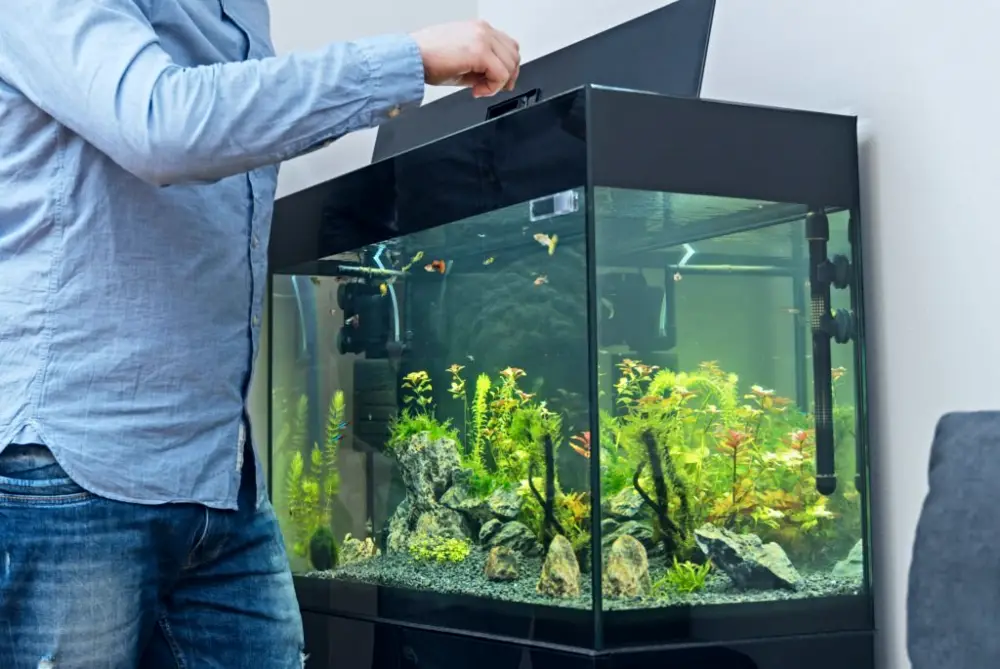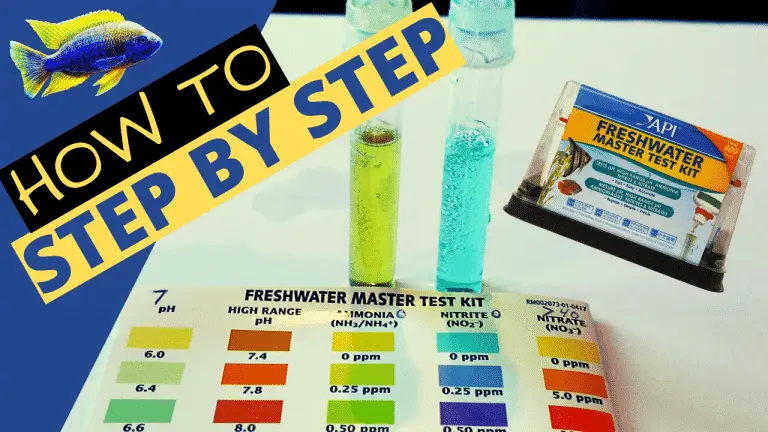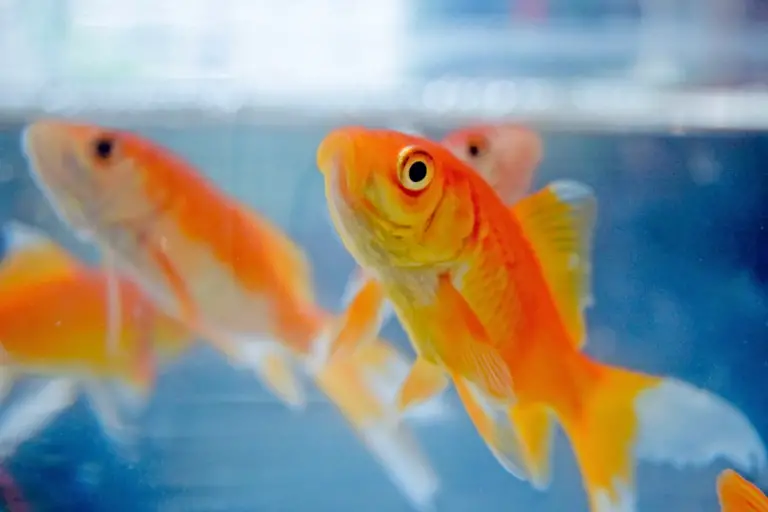4 Types of Aquarium Covers — Choosing the Right Lid for Your Tank
Whether you’re a seasoned aquarist or just starting out, one essential component of a thriving aquatic environment is often overlooked — aquarium covers. More than just a decorative accessory, an aquarium cover plays a crucial role in maintaining the health and security of your aquatic inhabitants.
Imagine a world where your fish have the freedom to leap out of the water, where water mysteriously evaporates overnight, and where dust and debris settle directly into your tank. This is where the aquarium cover steps in as a superhero, preventing fishy escape attempts, curbing evaporation, and keeping unwanted elements at bay.
In this comprehensive blog, we’ll dive into the world of aquarium covers, exploring different types that cater to various tank setups and their unique benefits. Whether you have a freshwater paradise or a saltwater wonderland, choosing the right lid can make all the difference in creating a harmonious aquatic haven.
Benefits of Using an Aquarium Cover
Are you considering whether to invest in an aquarium cover for your beloved underwater ecosystem? Let’s dive into the enticing advantages that come with this seemingly simple addition:
- Fish safety: Aquarium covers act as a protective barrier, ensuring your finned friends stay safely within the confines of their aquatic home. This is especially crucial if you have energetic swimmers or curious jumpers.
- Reduced evaporation: Keeping your tank covered helps minimize water evaporation, maintaining stable water levels and reducing the frequency of top-offs. This not only conserves water but also ensures consistent water parameters for your aquatic inhabitants.
- Jumping prevention: Some fish, like Arowanas and certain species of bettas, have a tendency to jump out of the water. An aquarium cover provides a safety net, preventing such risky escapades and ensuring your fish stay where they belong.
- Contaminant protection: Dust, pollutants, and even curious pets can introduce contaminants into your aquarium. A well-fitted cover acts as a shield against external elements, keeping your aquatic environment clean and free from unwanted intruders.
- Temperature regulation: An aquarium cover can help maintain a stable water temperature by reducing heat loss through evaporation. This is particularly beneficial for tropical fish that thrive in specific temperature ranges.
Incorporating an aquarium cover isn’t just about aesthetics — it’s a practical and essential component for the well-being of your aquatic inhabitants. Now that you’re aware of the benefits, let’s explore the diverse range of aquarium cover options available to suit your tank’s unique needs.
Common Types of Aquarium Covers
When it comes to choosing the perfect lid for your aquarium, you’ll find a variety of options to explore. Let’s take a closer look at the common types of aquarium covers that cater to different tank setups and preferences. Whether you’re a newbie or a seasoned aquarist, finding the right lid is a vital step toward maintaining a thriving aquatic environment.
1. Glass Covers
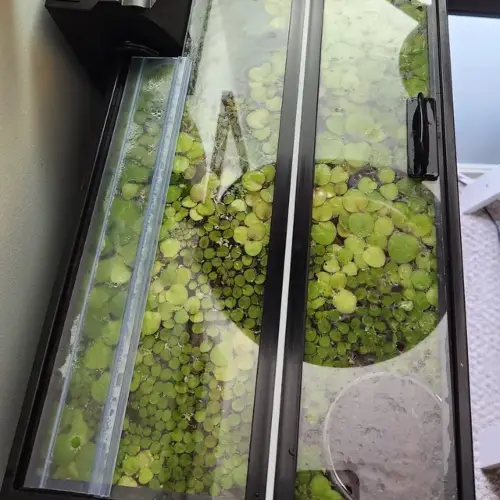
Glass aquarium covers are a popular choice for many fishkeepers. They offer crystal-clear visibility, allowing you to observe your aquatic world without distortion. Glass lids also help regulate temperature by reducing heat loss and preventing excessive evaporation. Plus, they can be easily customized to fit different tank sizes and shapes.
However, it’s important to note that glass covers can be heavy and may limit gas exchange at the water’s surface. This can impact oxygen levels in the aquarium. It’s advisable to leave small openings or use a mesh near the edges of the cover to ensure proper aeration. When considering a glass cover, balance its benefits with the need for adequate air circulation to create a healthy and thriving aquarium environment.
2. Screen Covers (Mesh Lids)

Screen aquarium covers, also known as mesh lids, are a versatile choice for aquarium enthusiasts. They offer excellent airflow, promoting healthy gas exchange and helping to maintain stable oxygen levels in the tank. The porous nature of the mesh allows light to penetrate into the aquarium, supporting the growth of aquatic plants while preventing fish from jumping out.
However, it’s important to be aware that screen covers can lead to increased evaporation, which may require more frequent water top-offs. Additionally, while they offer good ventilation, they might not provide as much insulation against heat loss compared to other lid types. When opting for a screen cover, consider your specific needs and balance the benefits of enhanced airflow with the potential for increased evaporation.
3. Acrylic Covers

Acrylic aquarium covers have gained popularity in the aquarium hobby due to their lightweight yet durable properties. They offer the advantage of being shatter-resistant, making them a safe choice for tanks with active or large fish species. The flexibility of acrylic allows for custom sizing, ensuring a snug fit for your aquarium.
However, it’s important to note that acrylic covers are more susceptible to scratching compared to glass. While they offer good clarity, excessive scratching can affect the visual appeal over time. Additionally, acrylic covers might not provide the same level of gas exchange as mesh lids. When considering an acrylic cover, weigh the benefits of its lightweight design and shatter resistance against the potential for scratches and limited gas exchange.
4. DIY Covers
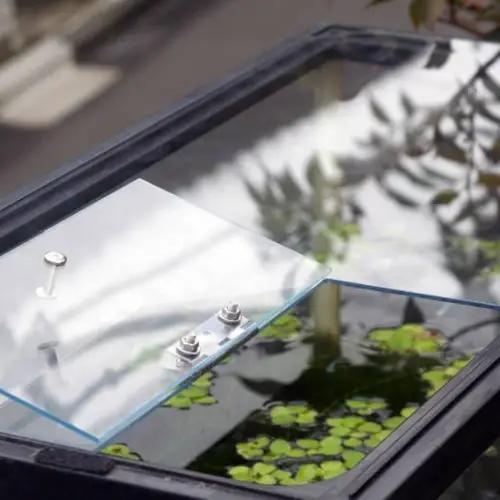
For the creative and hands-on aquarists, DIY aquarium covers offer a customizable and budget-friendly option. Crafting your own cover allows you to tailor it to your tank’s specific dimensions and design preferences. Common DIY cover materials include mesh, acrylic sheets, or even repurposed materials like window screens.
One advantage of DIY covers is the ability to save costs while achieving a unique look. Plus, it’s a great opportunity to showcase your crafting skills and add a personal touch to your aquarium setup. Just keep in mind that the effectiveness of DIY covers can vary depending on the materials used and construction quality. If you’re up for a fun project and want a lid that perfectly suits your tank, consider exploring the world of DIY aquarium covers.
Choosing the Right Aquarium Cover
Selecting the perfect aquarium cover involves more than just finding something to top off your tank. It’s a decision that affects your fish’s well-being, tank maintenance, and the overall look of your aquatic paradise. Here are some essential considerations to guide you:
- Tank size: The size of your tank plays a significant role in choosing a suitable cover. Larger tanks might benefit from sturdier options like glass or acrylic, while smaller tanks can work well with lightweight mesh covers.
- Fish species: The type of fish you keep matters too. If you have jumpers like bettas or hatchetfish, a secure lid is crucial. On the other hand, species that prefer higher humidity levels, such as some amphibious frogs, may do well with a partially covered tank.
- Maintenance: Think about how easy the cover is to clean and maintain. Some materials may accumulate algae more quickly than others or hinder water evaporation.
- Aesthetics: Your tank’s appearance matters! Opt for a cover that complements your overall aquarium design. Acrylic and glass offer crystal-clear views, while mesh provides an unobtrusive look.
- Safety: Consider any other pets or curious hands that might interact with your tank. A secure lid prevents accidents and keeps your fish safe.
- Budget: Finally, think about your budget. Glass and acrylic covers might cost more initially, but their durability can make them a wise long-term investment.
By weighing these factors, you’ll be well-equipped to choose an aquarium cover that not only meets your practical needs but also enhances the beauty and health of your underwater world.
Maintenance and Safety Considerations
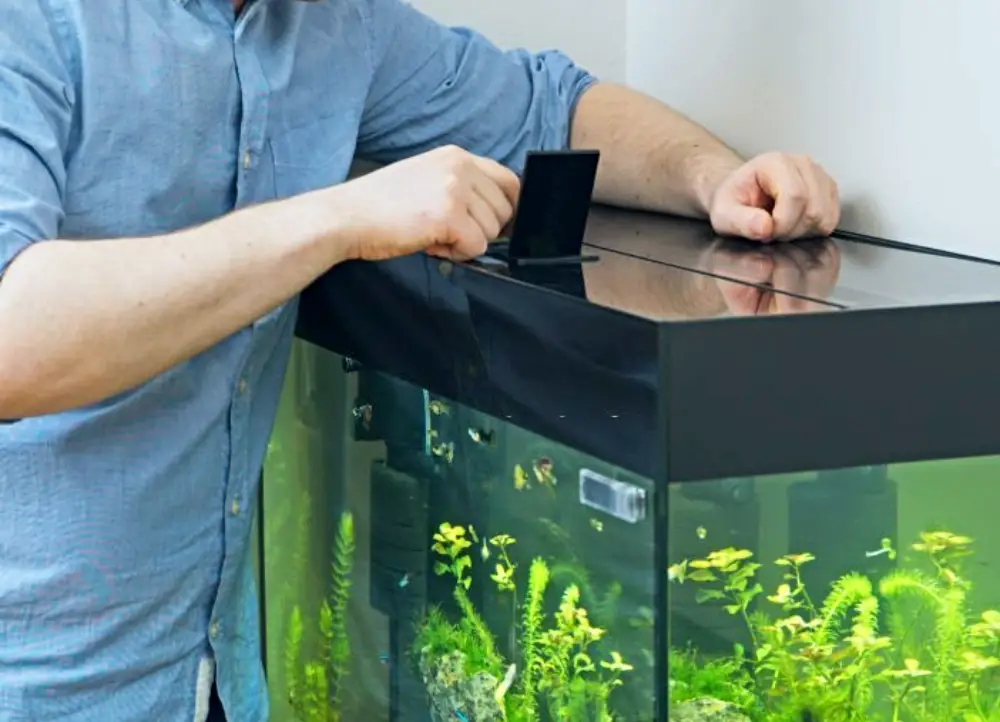
Let’s dive into the nitty-gritty of maintaining a healthy aquarium environment while keeping your finned friends safe. Here, we’ll explore crucial maintenance and safety aspects every fishkeeper should know.
Cleaning and Maintenance
Keeping your aquarium cover clean isn’t just about aesthetics — it’s about maintaining a healthy environment for your aquatic buddies. Regularly wipe down glass covers to prevent algae buildup and ensure optimal light penetration. For mesh or screen covers, gently scrub off debris to maintain airflow. Acrylic covers require a delicate touch to prevent scratching.
Don’t forget to schedule routine checks for wear and tear, ensuring hinges and fasteners are in good shape. By giving your aquarium some TLC, you’re ensuring a clear view into your underwater world while safeguarding your aquatic companions.
Ensuring Fish Safety
While aquarium covers provide security, ensuring proper gas exchange is crucial for your fish’s well-being. Adequate openings or gaps in the cover allow fresh air to flow in and excess heat and moisture to escape. This prevents oxygen depletion and maintains optimal water parameters. Strike a balance between security and ventilation, and you’ll create a safe haven for your underwater friends.
Seal the Deal on Your Aquarium’s Success
From glass to mesh, acrylic to DIY, we’ve uncovered the world of aquarium covers. Remember, the right lid is more than just aesthetics — it’s a guardian for your aquatic ecosystem. Take a plunge into the options, tailor your choice to your tank’s needs, and create a safe, thriving habitat for your aquatic pals.
Ready to delve deeper? Connect with us at KaveMan Aquatics for 1-on-1 coaching services. Your journey to the perfect cover begins here.
-
4 Types of Aquarium Covers — Choosing the Right Lid for Your Tank
Discover various aquarium covers and how to choose the perfect one for your tank. Keep your aquatic world safe and thriving. Dive in now!

